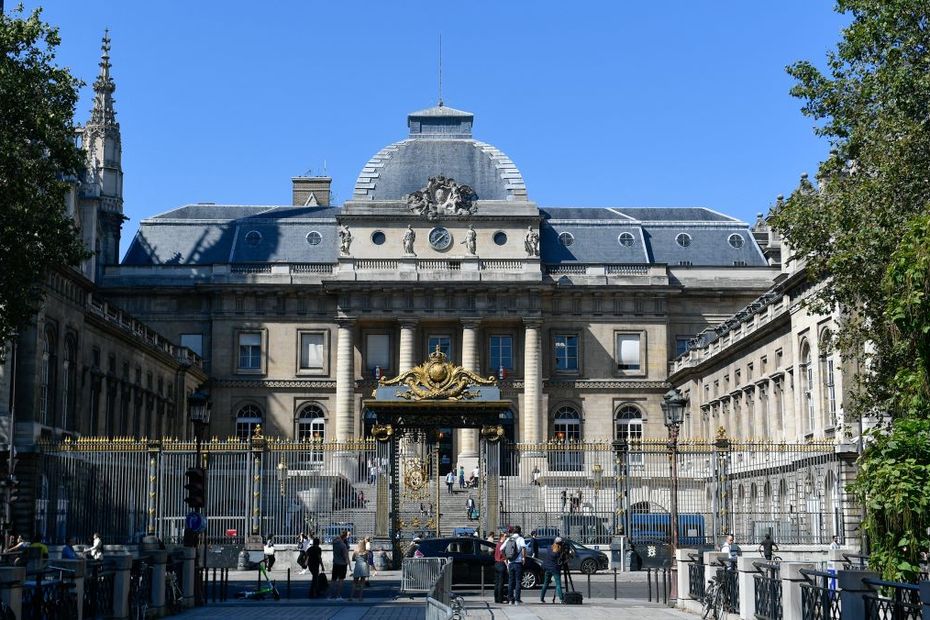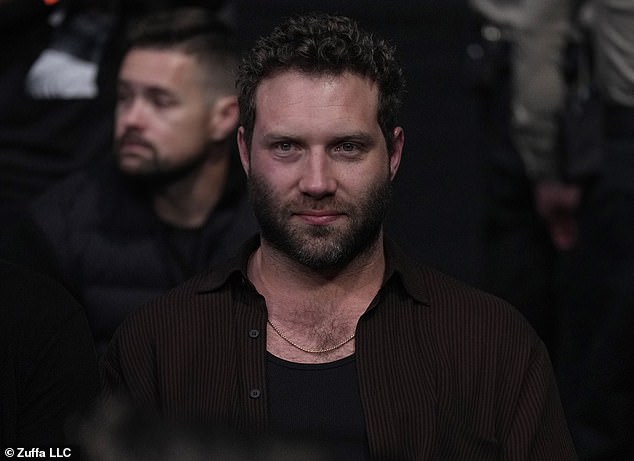1. What is the flash power?
From NATO Response Force (NRF) was founded in 2006 to respond to a crisis situation within 5 to 30 days.
In 2014, NATO leaders decided to expand the NRF with the Very High Readiness Joint Task Force (VJTF). This is the so-called flash power. This unit is always ready and can therefore be deployed immediately.
–
–
De NATO Response Force (NRF)
The NRF consists of three parts, each of which has its own response time. The fastest is the flash power.
In addition to the flash force, the NRF consists of the Initial Follow-on Forces Group (IFFG) and Follow-on Forces Group (FFG). The IFFG consists of units with a longer response time that can amplify the VJTF. The FFG has no predetermined response time.
–
–
On February 25, NATO chief Jens Stoltenberg announced that NATO is deploying its rapid reaction force for the first time to protect eastern member states that feel threatened by Russia.
2. What does that flash power consist of?
The flash power consists of a multinational land force of approximately 5,000 soldiers, supported by air, naval and special forces units.
–
–
NATO reports that the VJTF consists of approximately 20,000 troops. These units are ready to move in two to three days if needed. In total, the entire response unit, or NRF, consists of about 40,000 troops.
NATO reports that thousands of additional troops with armored vehicles, artillery units, ships and aircraft are currently standing by to defend NATO territory and its population if the need arises.
3. What does the Netherlands contribute?
Also The Netherlands makes a contribution to the flash power. Throughout the year, the Netherlands has, among other things, a transport ship, a warship, a submarine, medical capacity, a diving team and approximately 1500 army soldiers on standby.
This afternoon the Dutch naval vessel Zr.Ms. The Seven Provinces towards Norway. This ship joins there the next 4 months to the Standing NATO Maritime Group 1 (SNMG1). This is one of the fast deployable fleet groups from the flash force.
It is a training mission, but if necessary, the ship can be quickly prepared to fight in the war in Ukraine.
In the video below you can see that saying goodbye was therefore difficult and emotional:
–
–
Earlier in the morning, the amphibious transport ship Zr.Ms. Rotterdam to Norway.
4. What is the purpose of the flash power?
on February 25 made NATO chief Stoltenberg known that they are using its flash force to protect member states in the vicinity of Ukraine. Stoltenberg said they are sending a clear message to Russia: “We support Ukraine.”
NATO troops in Eastern Europe and the Baltic States should above all act as a deterrent to Russia, as a warning not to attack NATO countries. The aim of the flash force is to deter Russia and reassure the eastern allies.
Paul van Hooft is an analyst at The Hague Center for Strategic Studies and explains that the NATO flash force is primarily a way of sending out a signal. “A signal to the EU’s allies and to Russia: we are ready to fight if necessary.”
–
–
The alliance between the thirty NATO countries means, among other things, that if one of the NATO members is attacked, the others come to the rescue. “An attack on one is an attack on all,” the important article 5 of the NATO treaty states.
Van Hooft likens the situation to a nightclub bouncer. “Just because it’s there doesn’t mean he’s fighting all night, but that he can do it if he needs to.” With the flash force, NATO lets Russia know that we are strong together. “And if necessary, this way the first resistance can be offered.”
–
–


